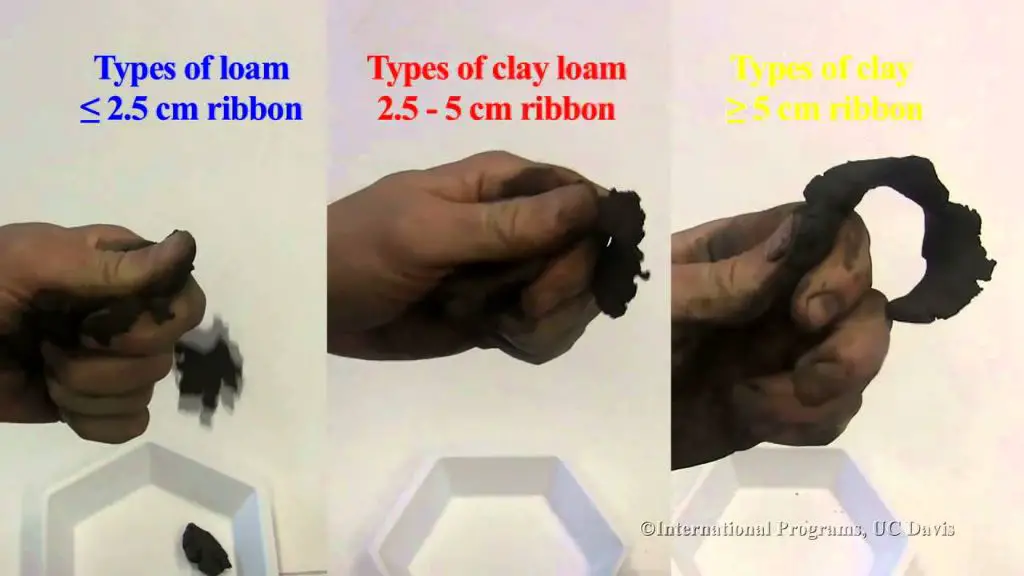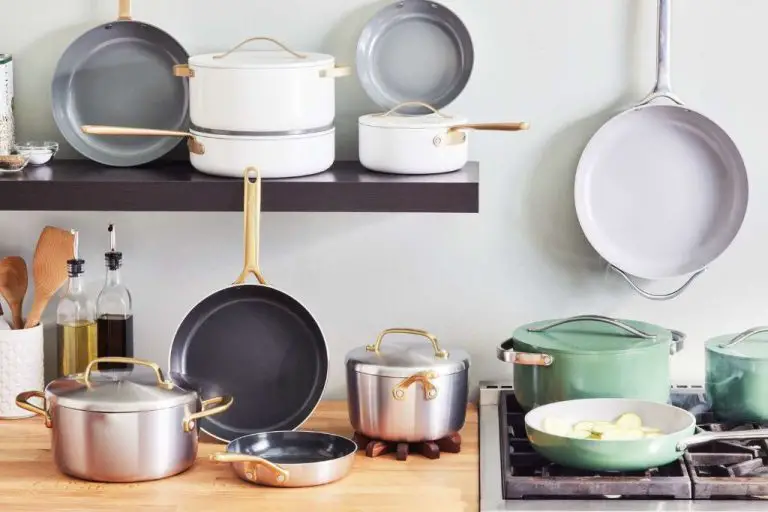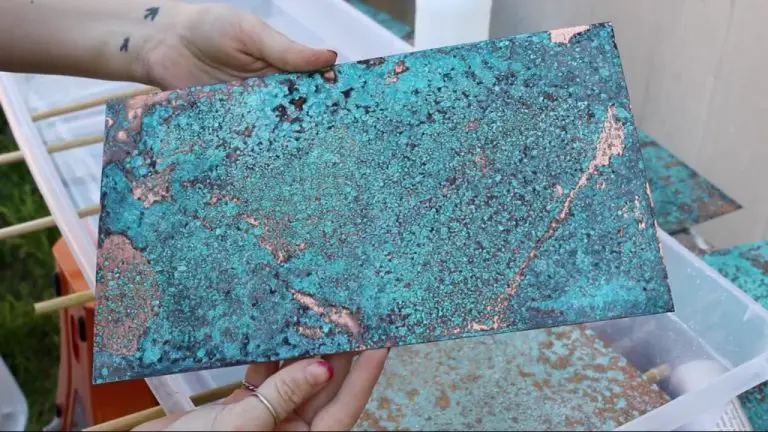What Is The Best Quality Clay For Pottery?
Clay is an essential material for pottery and ceramics. There are several types of clay used by potters, each with their own unique properties. The three main types of clay used for pottery are earthenware, stoneware, and porcelain. Earthenware is porous, soft clay that retains moisture and is fired at lower temperatures. Stoneware is denser and more durable, firing at high temperatures to become watertight. Porcelain is a smooth, white, translucent clay that becomes glass-like when fired at extremely high temperatures. The type of clay chosen impacts the look, feel, structure, and durability of finished pottery pieces. When selecting clay, potters evaluate properties like plasticity, shrinkage, color, texture, and firing temperature. Finding a high quality clay involves testing and understanding how different clays respond to manipulation and firing. This overview will explore the key types of pottery clay and factors in choosing a premium quality clay for your projects.
Properties of High Quality Clay
The clay’s properties determine its suitability for pottery. High quality clay generally has the following properties:[1]
Plasticity – Good plasticity allows the clay to be pushed, pulled, coiled, or thrown on the wheel without cracking or tearing. Plastic clays remain malleable even when partially dry.
Workability – The clay should be easy to wedge and form without becoming too sticky. Good workability makes the clay enjoyable to work with.
Drying shrinkage – As clay dries, it shrinks. The shrinkage should happen slowly and evenly to prevent cracking. High quality clays have about 8-15% drying shrinkage.

Firing shrinkage – Further shrinkage occurs when firing the clay. Lower firing shrinkage of under 8% is ideal for fewer firing defects.
Color – The clay’s natural color after firing should be aesthetically pleasing. Decorative clays have vibrant colors.
Strength – Strength to withstand daily use is vital for functional pottery. Stoneware and porcelain clays are stronger than earthenware.
High quality clay possesses an optimal balance of these properties for the type of pottery planned. Testing different clays is the best way to assess which has the right properties.
[1] https://www.potterycreative.com/types-of-clay-for-pottery/
Earthenware Clay
Earthenware clay is generally fired at lower temperatures, typically between 1,750°F and 2,100°F, compared to other clays like stoneware and porcelain (Source). Due to the lower firing temperature, earthenware clay remains more porous and permeable to liquids than stoneware or porcelain. The clay can absorb water which makes earthenware vessels suitable for plants and flower pots, but not ideal for items like mugs or plates. Earthenware fires to a bisque that ranges in color from light to dark browns and reds, depending on the clay composition.
Stoneware Clay
Stoneware clay is fired at a higher temperature, usually between 2,200°F and 2,400°F, which makes it less porous than earthenware clay. According to Flynn (2006), stoneware clay bodies become denser and harder at these high temperatures. The color of fired stoneware clay is usually gray, brown, or white. As The Pottery Wheel (2020) notes, stoneware clay’s lack of porosity makes it watertight and more durable for functional items like mugs, plates, and bowls.
The higher firing temperature gives finished stoneware pieces mechanical strength and durability. Flynn (2006) found that certain grog additions to the clay body can further enhance stoneware’s structural properties. The dense, nonporous nature of fired stoneware also makes it suitable for baking, storage, and frequent use.
Porcelain Clay
Porcelain clay is well-known for being a highly refined clay. It is strong, white in color, and very smooth and fine (“Everything You Need To Know About Porcelain Clay”, https://www.soulceramics.com/pages/porcelain-clay). Unlike lower-fire clays like earthenware, porcelain clay is fired at extremely high temperatures ranging between 1,242 °C (2,260 °F) to 1,452 °C (2,650 °F) (“Best Pottery Clay for Beginners | Choosing the Right Clay”, https://thepotterywheel.com/choosing-clay-for-a-beginner/). This results in a non-porous, vitrified clay body that is dense, hard, and translucent.
The high heat enables the clay particles to become more closely packed together during firing. This makes porcelain stronger and more durable than other clays. It also makes the clay impermeable to liquids, giving it a smooth glasslike surface quality.
Testing Clay Quality
There are several simple tests that can be done to evaluate the quality and properties of clay for pottery:
The drop/ball test involves taking a lump of clay and dropping it from waist height onto a hard surface. High quality clay will hold its shape when dropped. Lower quality clay may crack or crumble on impact.1
The ribbon test is done by taking a slab of clay about 1/4 inch thick and gently pulling down on it to stretch it into a ribbon shape. Good clay should be able to stretch to 1-2 feet before breaking. Shorter ribbons indicate lower plasticity.2
The polish test involves rubbing a piece of leather-hard clay on a piece of glass. High quality clay will polish to a smooth, shiny surface. Lower quality clays will have a dull or sandy finish.
The scratch test is done by scratching the surface of a fired test tile with a file. Harder clays will not scratch easily compared to softer clays.
Doing these simple hands-on tests can reveal a lot about the plasticity, strength, hardness, and workability of a clay body, which helps determine if it is high quality for pottery work.
Preparing Clay
Properly preparing clay is an essential first step before using it to create pottery. Preparation ensures the clay has the right consistency and is free of air bubbles that could weaken finished pieces or cause cracking during drying and firing. There are three main techniques used to prepare clay:
Wedging involves kneading and working the clay on a flat surface to homogenize moisture levels and remove air pockets. The clay is pressed down and folded repeatedly to distribute moisture evenly. Effective wedging results in a uniform clay lump free of cracks and bubbles.
Slaking is adding water to dry clay powder to hydrate it before use. The powder is mixed with the appropriate amount of water and allowed to soak for a period of time. This rehydrates the clay particles so they can be worked. Proper slaking ensures even water distribution.
De-airing removes air bubbles from prepared clay using a process like a vacuum chamber. The clay is placed under vacuum pressure, forcing air pockets to expand and pop or escape to the surface where they can be removed. De-airing prevents air bubbles that could weaken finished ceramics after firing.1
Taking the time to wedge, slake, and de-air clay results in a smooth, plastic material ready for throwing on a potter’s wheel or handbuilding. Well-prepared clay with uniform moisture content and no air pockets is easier to work with and less prone to cracking or breaking.
1 https://thepotterywheel.com/how-to-prepare-clay-for-pottery/
Storing Clay
Proper storage is crucial for keeping clay workable and free from contaminants. Clay is hygroscopic, meaning it absorbs and releases moisture from the environment. To prevent clay from drying out or becoming too wet, it should be stored in an airtight plastic bag or container. The container should be opaque to prevent light exposure which can cause chemical changes in the clay over time.
According to Seattle Pottery Supply, “The best way to store your clay and keep it moist is by sealing it tightly in a thick plastic bag and placing it in a plastic storage container. This will help prevent air from reaching the clay.”
It’s also important to store clay away from anything that could introduce contaminants like dust, food, or chemicals. Bailey Pottery recommends, “Ideally, you will want to store your clay in a dark and consistent environment away from extreme temperatures.” A climate-controlled indoor room is ideal. Clay can be refrigerated short-term but should not be frozen.
With proper storage techniques, clay can remain usable for months or even years. Tight sealing, even humidity, darkness, and separation from contaminants are key for maintaining workable clay over time.
Choosing High Quality Clay
When choosing a high quality clay for pottery, there are a few key factors to consider:
The type of pottery you want to make – Different clays are better suited for certain types of pottery. Porcelain is known for its strength and translucence, making it ideal for thin-walled pieces like tableware. Stoneware is very strong and durable, perfect for functional pottery like mugs and bowls. Earthenware is softer and more porous, best for decorative pieces.
Your firing method – Clays require different firing temperatures. Earthenware can be fired at lower temperatures. Stoneware requires higher temperatures around 2200°F. Porcelain needs the highest firing temps around 2400°F. Choose a clay compatible with your kiln or firing method.
Cost – Porcelain is generally the most expensive, followed by stoneware and then earthenware. Consider how much clay you need and your budget constraints when deciding.
Test small amounts of different clays to assess their workability and finished results. Talk to experienced potters for guidance on choosing the best clay for your needs and skill level.
Buying quality clay from reputable suppliers will provide you with the best material for throwing, handbuilding, sculpting and other pottery techniques. Consider the clay’s color, texture, plasticity and intended purpose when selecting the optimal clay for any pottery project.
Conclusion
When selecting the best quality clay for pottery, there are a few key factors to consider:
– The type of clay (earthenware, stoneware or porcelain) based on your specific pottery needs and desired results.
– Testing the clay’s properties like plasticity, shrinkage, and firing temperature to ensure it has the right qualities.
– Proper preparation and storage of the clay to maintain its moisture content and keep it conditioned.
Earthenware, stoneware and porcelain all have their own strengths and are each best suited for particular types of pottery pieces. By understanding the characteristics of each clay type, thoroughly testing any new clay, and taking care to properly prepare and store it, potters can select the ideal high quality clay for their projects.


